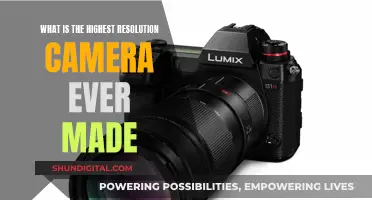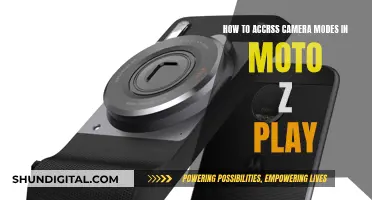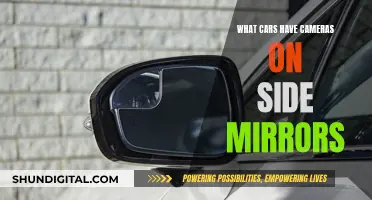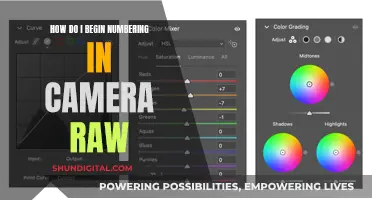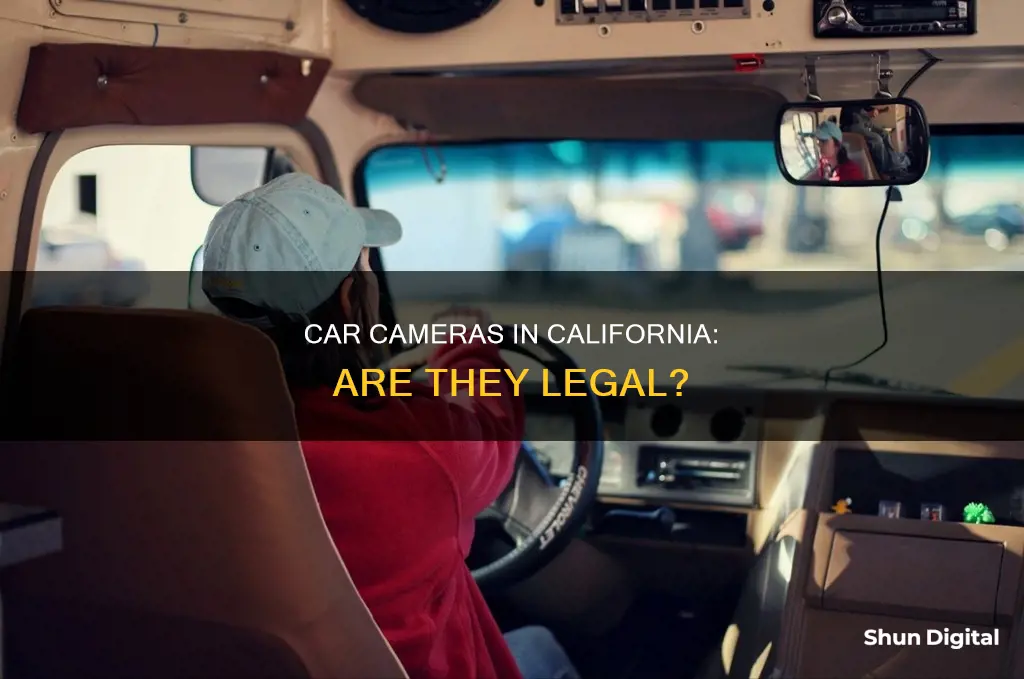
Dash cams are legal in California, but there are laws surrounding their use. In October 2023, a new law was passed that limits access to recordings of passengers taken by in-vehicle cabin monitoring cameras. This law gives consumers more control over their personal information and prevents the unwanted taking of video by in-vehicle cameras. Dash cams must be placed in specific areas of the windshield and cannot exceed a certain size. Additionally, passengers must be informed that their conversations will be recorded, and the data stored on the dash cam is the property of the driver.
| Characteristics | Values |
|---|---|
| Legality of dash cams in California | Legal |
| Limitations | Must be placed outside the range of airbag deployment, must not exceed 7 square inches in size if placed in the lower right-hand corner, must not be bigger than 5 square inches if placed in the upper center of the windshield, and must have the ability to store data |
| Passenger consent | Required for audio recording |
| Admissibility of footage in court | Admissible as evidence |
| Purpose | Incentivize safe driving, lower accident rates, provide a record of police behavior during traffic stops, document incidents of road rage, and record events for insurance claims |
What You'll Learn

Car cameras are legal in California
Car cameras, or dash cams, are legal in California. However, there are a number of rules and restrictions that users must follow.
Placement of the Camera
Dash cams must be placed outside the range of airbag deployment. They must be no bigger than 7 square inches if placed in the lower right-hand corner of the windshield, and no bigger than 5 square inches if placed in the upper center or lower left-hand corner.
Informing Passengers
Because dash cams can record sound as well as video, passengers must be informed that their conversations will be recorded. Notices must be posted in a visible place in the car to inform passengers of the recording, and the audio must be turned off if a passenger does not consent.
Storage of Data
Dash cams in California must be able to store data, and this data is the property of the driver. The recorder may not store more than 30 seconds of data before and after an event triggers its recording function.
Admissibility in Court
Dash cam footage is admissible as evidence in California courts. However, it cannot be tampered with or edited.
Benefits of Dash Cams
Dash cams can be useful in a number of situations, such as recording hit-and-run incidents, monitoring a teenage driver's habits, and capturing evidence in the event of an accident. They can also help to protect against insurance fraud and monitor police behavior during traffic stops.
Samsung S7 Edge: Exploring the Macro Camera Mode
You may want to see also

Limitations on usage and placement exist
Dashboard cameras, or dash cams, are generally legal in California, but there are limitations on their usage and placement.
Firstly, dash cams must adhere to specific size and placement criteria outlined in California's Vehicle Code Section 26708. They should not obstruct the driver's view of the road and must be installed in a way that does not interfere with the driver's line of sight. Typically, this means placing them in the corner of the windshield, either the bottom right or left, or in another location that does not impede the driver's vision. The size of the dash cam should not exceed five square inches if placed in the upper center or the lower corner, and seven square inches if placed elsewhere.
Secondly, dash cams that record audio raise privacy concerns and have specific legal requirements. California is one of twelve states that require the consent of both parties for audio recording. This means that drivers must inform their passengers that they have a dash cam and that it may record their conversations. Additionally, a notice must be posted to indicate the use of a dash cam that captures audio. If a passenger does not consent to being recorded, the driver must turn off the audio recording feature.
Furthermore, dash cams should not be placed anywhere an airbag may deploy. This is to ensure the safety of the driver and passengers in the event of a collision.
It is also important to respect the privacy of individuals outside of the vehicle. Recording someone without their consent in a private setting, such as inside their home, may lead to legal consequences.
By understanding and adhering to these limitations on usage and placement, drivers in California can confidently use dash cams to enhance their driving experience and provide valuable evidence in case of accidents or disputes.
Formatting Micro SD Cards: A Step-by-Step Guide
You may want to see also

Car cameras record more than video and audio
Dash cams are legal in California, but there are rules and restrictions on their use. For example, dash cams must be a certain size and must not be placed anywhere an airbag may deploy. They also record more than just video and audio.
Dash cams can record footage from inside a car, as well as information about the speed the car is driving, its direction, braking, steering, and even seatbelt usage. This data can be vital if you are involved in an accident and need to prove that you were not at fault. However, it is important to remember that this data can also be used against you if you are found to be speeding or driving dangerously.
In addition to the above, dash cams can also capture road conditions and help in the fight against insurance fraud. They can be especially useful for monitoring a teenage driver's habits or keeping an eye on your vehicle when it is unattended.
The Camera's Obsession with Whiteboards: Why the Focus?
You may want to see also

Car camera footage is admissible as evidence
In California, car camera footage is admissible as evidence in court. However, there are specific rules and regulations that must be followed for the footage to be considered valid. Firstly, the camera must be placed in a specified location within the vehicle, as outlined by the California Vehicle Code. The camera must be installed in one of the following places:
- The lower corner of the windshield on the passenger side, covering an area no larger than seven square inches
- The lower corner closest to the driver's seat, covering no more than five square inches
- The upper centre of the windshield, covering no more than five square inches
Additionally, the camera must not obstruct the driver's view of the road and must be placed outside the range of airbag deployment.
It is important to note that car cameras can record more than just video footage. They may also capture audio of conversations inside and outside the vehicle, as well as data such as driving speed, direction, seat belt usage, steering, and braking. This information can be vital in determining fault in the event of an accident. However, it is essential to obtain the consent of all parties for audio recording and to inform passengers that their conversations may be recorded. Failure to do so may result in a violation of privacy rights, rendering the footage inadmissible in court.
To ensure admissibility, the footage must not be tampered with or edited. Car camera footage can provide valuable evidence in cases where fault is unclear or where there are difficulties in determining the factors that led to an accident. It can also help protect against fraud, such as in hit-and-run accidents or "crash-for-cash" insurance fraud schemes.
In summary, car camera footage is admissible as evidence in California courts, but it is crucial to follow the regulations regarding placement, privacy, and tampering to ensure the footage can be used effectively.
Fixing Upside-Down Camera Issues on Your Computer
You may want to see also

Car cameras can protect you from fraud
Car cameras, or dash cams, are legal in California and can be a valuable tool to protect yourself from fraud. Here's how:
Evidence in the Event of an Accident
Dash cams record footage of the road and can capture audio and other data from inside the car, such as speed, direction, seat belt usage, and steering and braking activity. This information can be vital if you're involved in an accident, especially if you're not at fault. The footage can be used as evidence to support your version of events and protect you from false claims or accusations.
Protection Against Insurance Fraud
Car insurance fraud is a serious issue, with criminals staging accidents or causing collisions to make fraudulent claims. These "crash for cash" scams can be terrifying and costly for innocent victims. Dash cams act as a visible deterrent to fraudsters, and even if you are targeted, the footage can help establish the other driver's identity, the number of passengers, and the extent of the damage caused. This evidence can be invaluable in proving your innocence and protecting you from inflated or false insurance claims.
Capturing Pedestrian Scams
Dash cams can also capture pedestrian scams, such as someone trying to jump in front of your vehicle. This type of fraud, where pedestrians cook up scams to claim from road accident funds, can be difficult to prove without video evidence. A dash cam can provide the necessary proof to protect yourself from such fraudulent claims.
Proving Your Innocence
In some cases, the presence of a dash cam can be enough to deter fraudsters from targeting you. But even if you are unfortunate enough to be involved in a scam, the footage can help prove your innocence. For example, in a "flash for cash" scam, where a criminal motions you into slow-moving traffic and then blames you for pulling out, dash cam footage can show that you had the right of way or that the other driver was at fault.
Remote Footage Retrieval
Some dash cams offer remote footage retrieval features, allowing you to access and download footage from the camera via an app. This means that even if your car is unattended or you're not present at the time of an incident, you can still access the footage to review what happened and take appropriate action.
GoPro 4 Charger Cord: What Size Do You Need?
You may want to see also
Frequently asked questions
Yes, car cameras, or dash cams, are legal in California.
Yes, dash cams must be placed outside the range of airbag deployment. They must be no bigger than 5 square inches if placed in the upper center of the windshield or the lower left-hand corner of the windshield. If placed in the lower right-hand corner, they must not exceed 7 square inches.
Yes, dash cams can record audio in addition to video, which raises privacy concerns. California law requires drivers to inform their passengers that their conversations will be recorded and to post a notice in a visible place in the car. If a passenger does not consent to being recorded, the driver must turn off the audio recording device.
Yes, dash cam footage is admissible as evidence in California courts. However, it cannot be tampered with or edited. Additionally, some laws may require drivers to preserve dash cam recordings for a certain period after an accident or incident.


